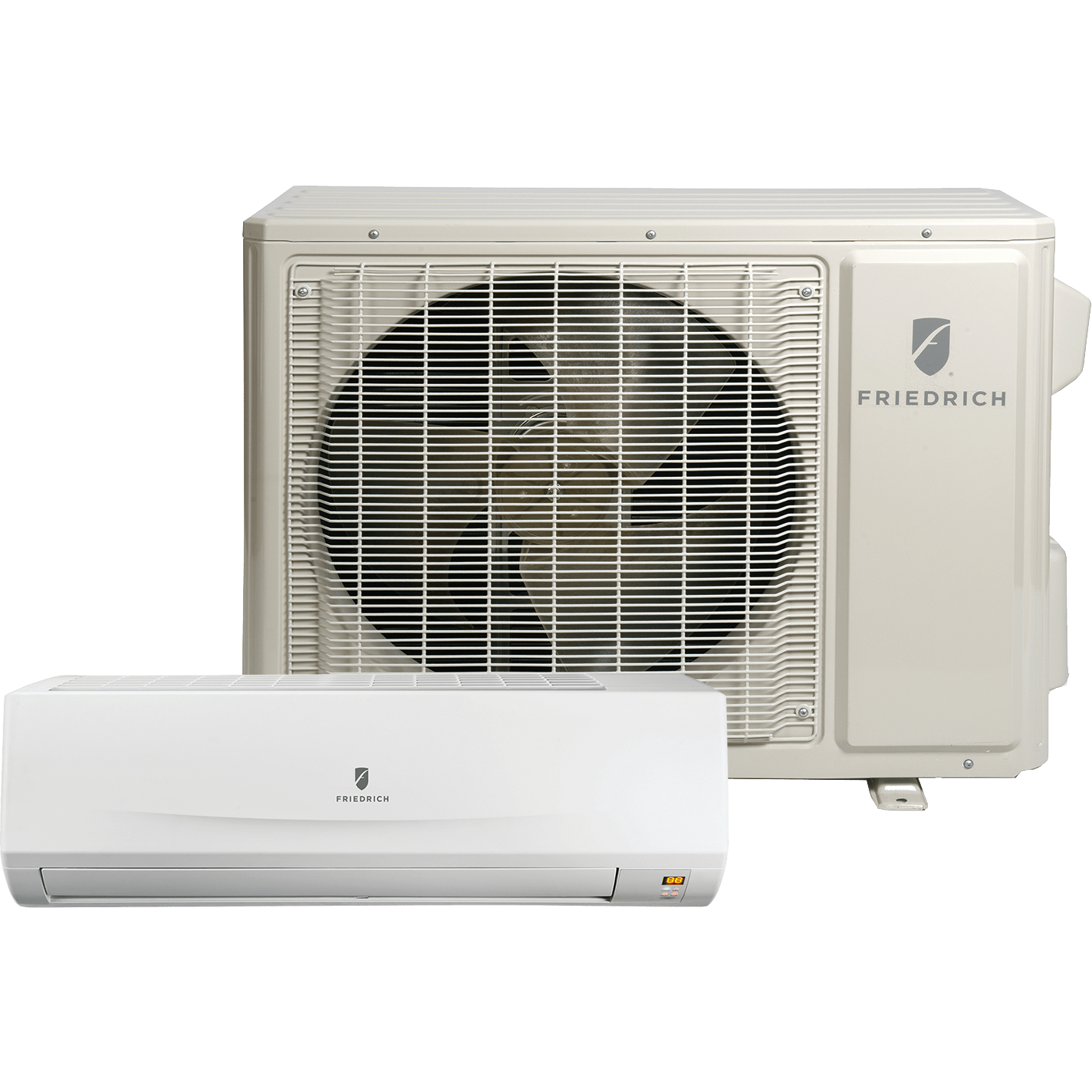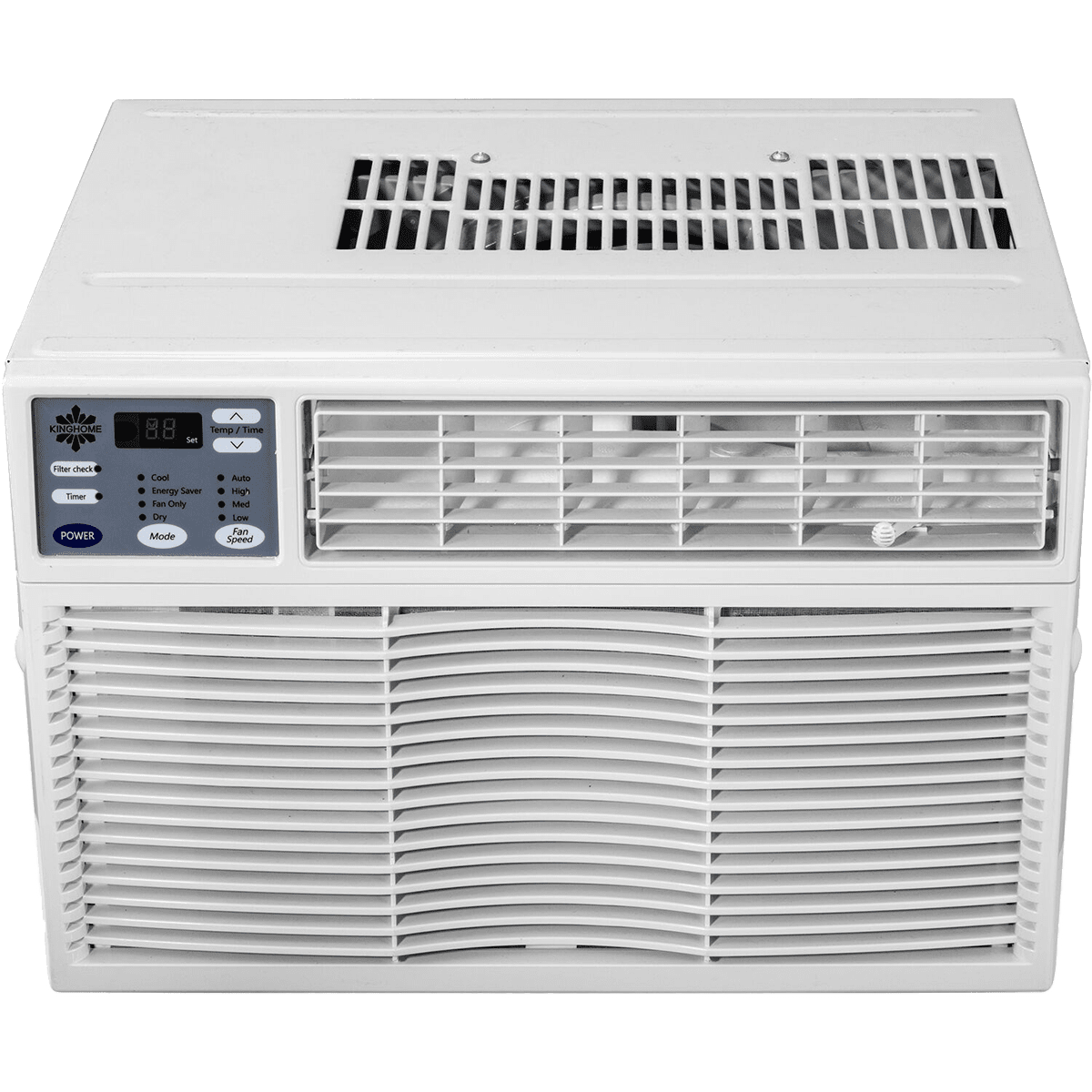Dehumidifier Buying Guide – Tips for Choosing the Right One
Dehumidifiers are an important appliance in any home, especially in areas with high humidity. They help to remove moisture from the air, preventing mold and mildew growth. But with so many different dehumidifiers on the market, how do you know which one to choose? Our Buying Guide will help you select the right one for your home, based on factors like the size of your space, the level of humidity, and your budget. We’ll also provide tips on how to use and maintain your dehumidifier, so you can get the most out of this essential appliance.
How does a dehumidifier work?
A dehumidifier is a device that removes moisture from the air. It does this by drawing in humid air and passing it over a cold coil. The water in the air condenses on the coil and is collected in a container. Dehumidifiers can be used to remove moisture from the air in a home, office, or other space.
Here is a list of common areas where you might use a dehumidifier:
- Basements
- Crawl spaces
- Kitchens, bathrooms, and laundry rooms
- Bedrooms
- Garages and workshops
- Spa and indoor pool areas
- Warehouses and other industrial/commercial spaces
- Water-damaged areas
Dehumidifier buying factors to consider.
There are a few things to consider when purchasing a dehumidifier. The first is the size of the unit. Dehumidifiers are available in a range of sizes, from small countertop models to larger units that can be placed on the floor. The size of the unit will determine the amount of moisture it can remove from the air.
The second consideration is the type of dehumidifier. There are two main types: refrigerants and desiccants. Refrigerant dehumidifiers use a cooling process to remove moisture from the air. Desiccant dehumidifiers use a drying agent to absorb moisture from the air.
Dehumidifiers come in all shapes and sizes, from small portable units to whole-house models. There are even commercial-grade dehumidifiers for extreme conditions. And if you need to dehumidify in low temperatures, a desiccant dehumidifier may be your best bet.
The third consideration is capacity. The capacity is the amount of moisture the unit can remove from the air in a given time. The size of a dehumidifier is determined by how much moisture it can remove. This capacity is typically measured in how many pints of moisture it can remove in a day.
The fourth is the noise level is the decibel (dB) rated. The average noise level for a dehumidifier is from 40-50dB. You’ll be able to hear it, but it’s still comfortable to talk over.
Tips on using and maintaining.
Be sure to review the manufacturer’s recommended maintenance tips for your dehumidifier model. These may include
- cleaning and/or replacing air filters,
- draining the unit before storage season,
- instructions for cleaning the dehumidifier and water reservoir.
- Troubleshooting recommendations and contact information for warranty service may also be included.
Dehumidifiers can last 3 to 15 years with proper care.
-
 Quest MERV 13 Filter (18 x 20 x 2) 6-pack$164.95
Quest MERV 13 Filter (18 x 20 x 2) 6-pack$164.95 -
 Santa Fe Compact70 + Risers$1,491.95
Santa Fe Compact70 + Risers$1,491.95 -
 Alorair Hang Kit for Crawlspace & Basement Dehumidifiers (B081Q78XZM)$109.10
Alorair Hang Kit for Crawlspace & Basement Dehumidifiers (B081Q78XZM)$109.10 -
 Quest MERV 13 Filter (18 x 20 x 2) 12-pack$299.95
Quest MERV 13 Filter (18 x 20 x 2) 12-pack$299.95 -
 Edendirect 70 Pint Portable Dehumidifier w/ Drain Hose$209.99
Edendirect 70 Pint Portable Dehumidifier w/ Drain Hose$209.99 -
 Edendirect 50-pint Dehumidifier with Drain Hose$179.99
Edendirect 50-pint Dehumidifier with Drain Hose$179.99 -
 Edendirect 60-pint at AHAM Bucketless Commercial Dehumidifier$699.99
Edendirect 60-pint at AHAM Bucketless Commercial Dehumidifier$699.99 -
 Edendirect 150-pint Portable Commercial Dehumidifier$749.99
Edendirect 150-pint Portable Commercial Dehumidifier$749.99 -
 Ebac PD220-D Dehumidifier$6,495.00
Ebac PD220-D Dehumidifier$6,495.00






